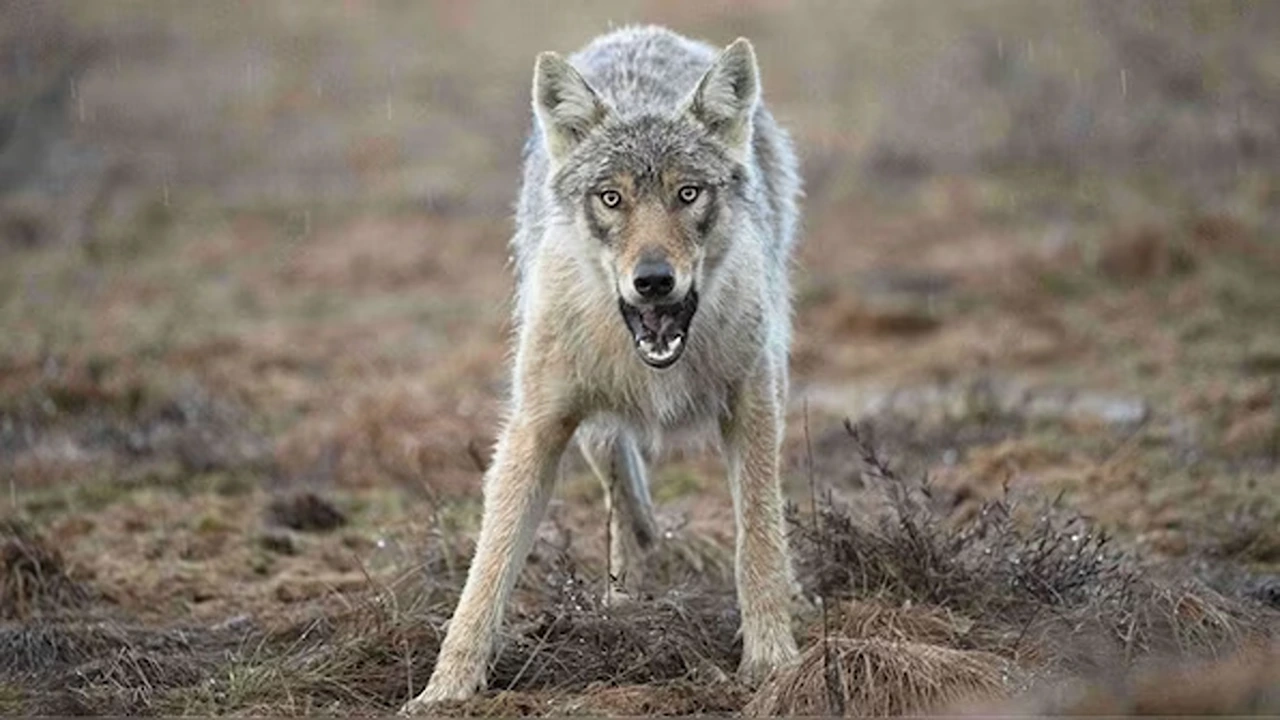
Unveiling the Mysteries: 7 Fascinating Facts About the Endangered Wolves of India
Unveiling the Mysteries: 7 Fascinating Facts About the Endangered Wolves of India
Best Casino – India, renowned for Unveiling the Mysteries its rich biodiversity, is home to a unique and endangered species: the Indian wolf. These elusive creatures play a crucial role in the ecosystem but face numerous threats. Understanding their characteristics, challenges, and conservation efforts can shed light on why they need our protection. Here are seven intriguing facts about the endangered wolves of India that highlight their importance and the efforts to safeguard them.
1. Unique Genetic Lineage
A Distinct Species
The Indian wolf (Canis lupus pallipes) is a subspecies of the gray wolf, adapted to the specific environments of the Indian subcontinent. Unlike its counterparts in other parts of the world, the Indian wolf has distinct genetic traits. Its adaptation to the diverse Indian landscape has resulted in unique behaviors and physical characteristics.
Genetic Diversity
This subspecies exhibits a narrower genetic pool compared to wolves in other regions, making it particularly vulnerable to extinction. Conservationists are concerned about this limited genetic diversity, which Birthday Bonus can affect the species’ ability to adapt to changing environmental conditions.
2. Habitat and Distribution
Expansive Yet Fragile
Indian wolves primarily inhabit the open grasslands and scrublands of India. They are found in fragmented populations across the country, including the regions of Gujarat, Rajasthan, Madhya Pradesh, and parts of Uttar Pradesh. Their habitat is under threat from agricultural expansion, deforestation, and urbanization, which fragment their living spaces and isolate populations.
Adaptability
Despite the threats, Indian wolves are remarkably adaptable. They can survive in various environments, from arid deserts to hilly terrains. However, their adaptability is tested by the rapid changes in their habitat caused by human activities.
3. Role in Ecosystems
Ecological Importance
Indian wolves play a vital role in their ecosystems. As apex predators, they help control the population of herbivores, such as deer and wild boar, which in turn influences the vegetation and overall health of the habitat. By regulating prey populations, they contribute to maintaining ecological balance.
Impact of Their Decline
The decline in wolf numbers can lead to an overabundance of herbivores, which can cause vegetation loss and soil erosion. This disruption affects not only the wolves’ habitat but also other species that depend on the same ecosystem.
4. Threats to Survival
Human-Wildlife Conflict
One of the most significant threats to Indian wolves is human-wildlife Entertainment City conflict. Farmers often view wolves as pests due to their predation on livestock. This conflict leads to retaliatory killings and poisonings, further endangering wolf populations.
Habitat Loss
Habitat destruction and fragmentation due to agricultural expansion, urbanization, and infrastructure development also pose severe threats. The loss of natural habitat reduces the availability of prey and safe living spaces for wolves.
5. Conservation Efforts
Protected Areas
Several protected areas in India, such as the Gir National Park in Gujarat and the Kutch Desert Wildlife Sanctuary, provide sanctuary for Indian wolves. These areas offer critical habitats and help in the conservation of the species.
Awareness and Education
Conservation organizations are working tirelessly to raise awareness about the importance of Indian wolves. Educational programs and community engagement initiatives aim to reduce human-wildlife conflict and promote coexistence.
6. Cultural Significance
Historical Reverence
Wolves have a deep-rooted place in Indian culture and folklore. They are often featured in local myths, stories, and traditions, reflecting their significance in historical and cultural contexts. This cultural connection underscores the importance of preserving the species as part of India’s natural heritage.
Symbolism
In some Indian cultures, wolves symbolize strength and endurance. Their presence in folklore highlights their integral role in the cultural tapestry of the regions they inhabit.
7. The Future of Indian Wolves
Conservation Challenges
The future of Indian wolves hinges on overcoming significant conservation challenges. Ensuring the protection of their habitat, mitigating human-wildlife conflict, and addressing the impacts of climate change are crucial for their survival.
Hope for Recovery
Despite the challenges, there is hope for the recovery of Indian wolf populations. Conservationists are optimistic that with continued efforts, such as habitat restoration and stricter anti-poaching measures, Indian wolves can thrive once more. Community involvement and awareness will play a critical role in this recovery process.
Conclusion: A Call to Action
The endangered wolves of India are a vital part of the country’s App Download ecological and cultural heritage. By understanding their unique traits, the threats they face, and the ongoing conservation efforts, we can better appreciate their significance and work towards their protection. The survival of the Indian wolf is not just about preserving a species but also about maintaining the ecological balance and cultural richness of India’s diverse landscapes. It is up to each of us to support conservation initiatives and advocate for the protection of these magnificent creatures.
